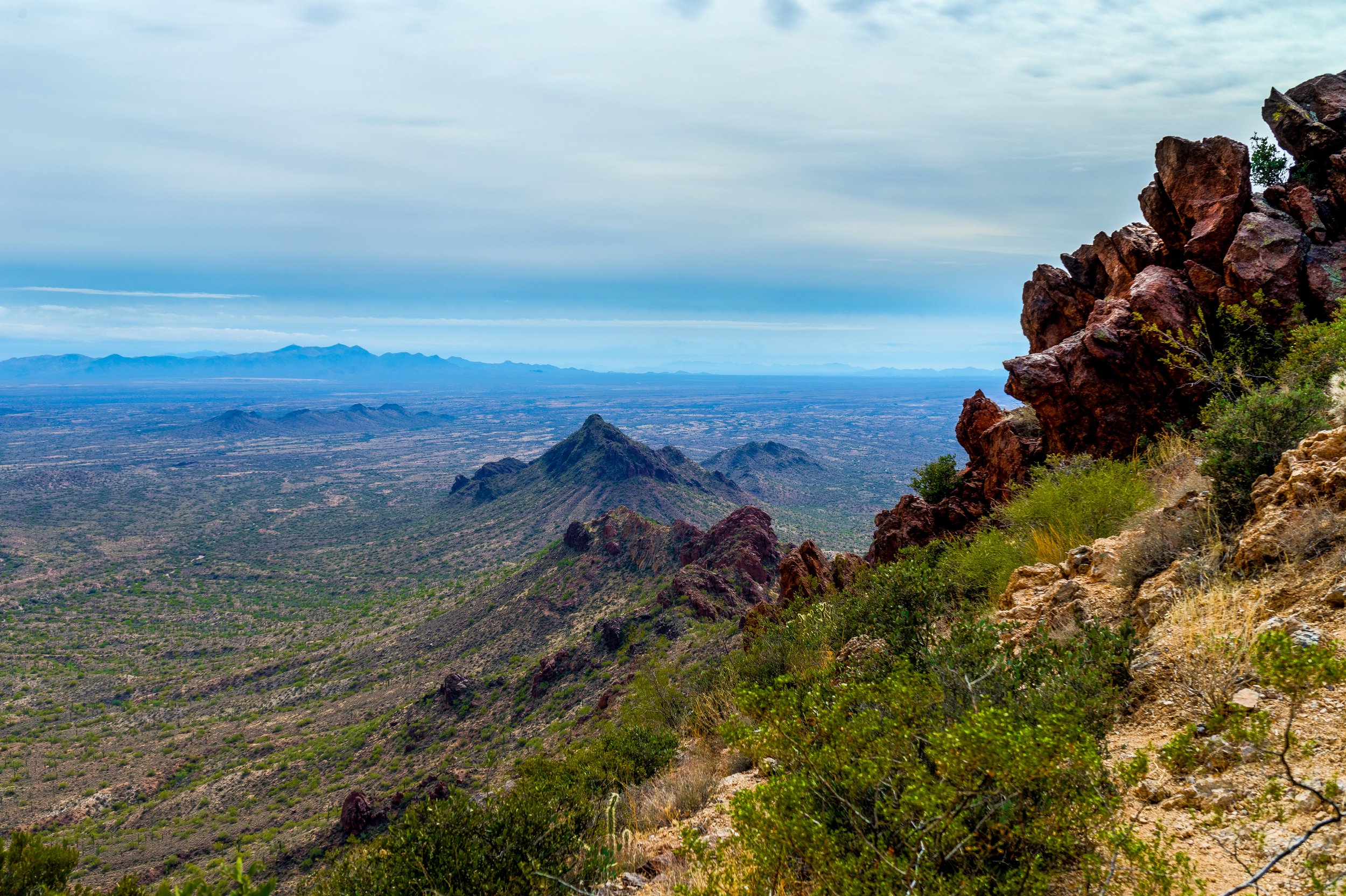“Conservation” to be put on Equal Footing with other Natural Resource Uses on Federal Land
The Bureau of Land Management (BLM) proposed a new rule to address Conservation and Landscape Health on the public lands it manages across the United States. The proposed rule aims to promote healthy ecosystems and landscape resiliency in order to wildlife populations, while also addressing the impacts of climate change on our lands.
The Bureau of Land Management is responsible for managing over 245 million acres of public lands across the United States. Under BLM’s statutory mandate, the agency must manage the lands to support multiple uses, like habitat for wildlife, recreational opportunities, as well as more extractive uses like grazing and energy development. However, this new proposed rule acknowledges that the agency’s ability to manage the lands for multiple uses “depends on the resilience of ecosystems across those lands.” As a result, the proposed rule seeks to “ensure the resilience of renewable resources on public lands for future generations” by promoting “conservation” which the agency defines as both protection and restoration activities.
The proposed rule also advances tools and processes to enable wise management decisions based on science and data. For example, if enacted, the BLM’s existing land health standards, which currently only apply to grazing lands, would apply to all BLM-managed public lands and uses.
Photo: Tiva48
Additionally, the proposed rule emphasizes the role of Areas of Critical Environment Concern (ACEC) as a designation tool to protect landscape intactness and habitat connectivity. Under our federal land management laws, ACEC nominations must meet several factors to qualify for designation – one being the “importance” of the resource nominated for protection. The newly proposed rule elaborates on what is considered important, expressly stating that “[r]esources… may have substantial importance if they contribute to ecosystem resilience, including by protecting intact landscapes and habitat connectivity.”
“The BLM’s proposed rule builds upon several new and exciting federal policy wins for wildlife and habitat connectivity,” said Erin Sito, US Public Policy Director for Wildlands Network. “Between the BLM’s Habitat Connectivity and ACEC Instructional Memoranda issued last fall and the White House Council of Environmental Quality’s recently released agency-wide Guidance for Federal Departments and Agencies on Ecological Connectivity and Wildlife Corridors, we are thrilled to see the Biden administration making such strides in connectivity policy-making.”
Overall, the BLM’s proposed rule is a positive step forward in protecting our public lands and promoting sustainable use. By prioritizing conservation, the Bureau of Land Management can ensure that our public lands remain healthy and resilient for generations to come.


